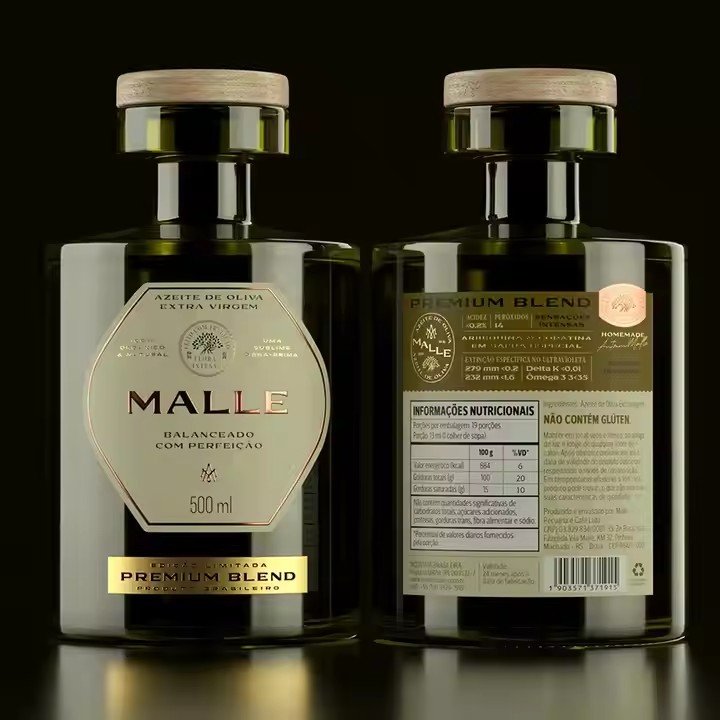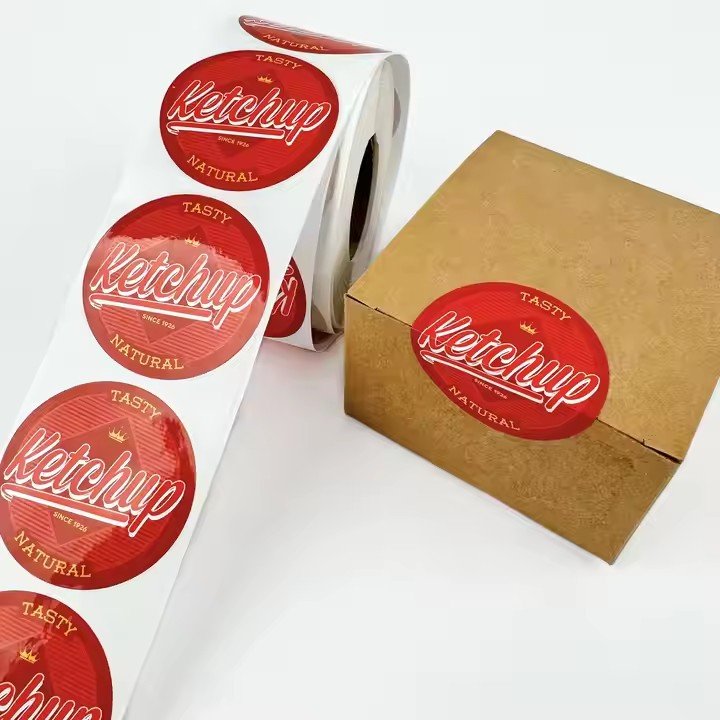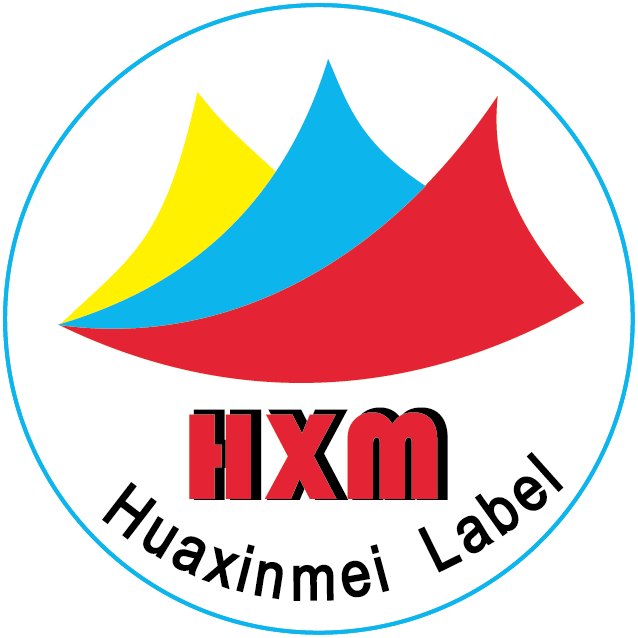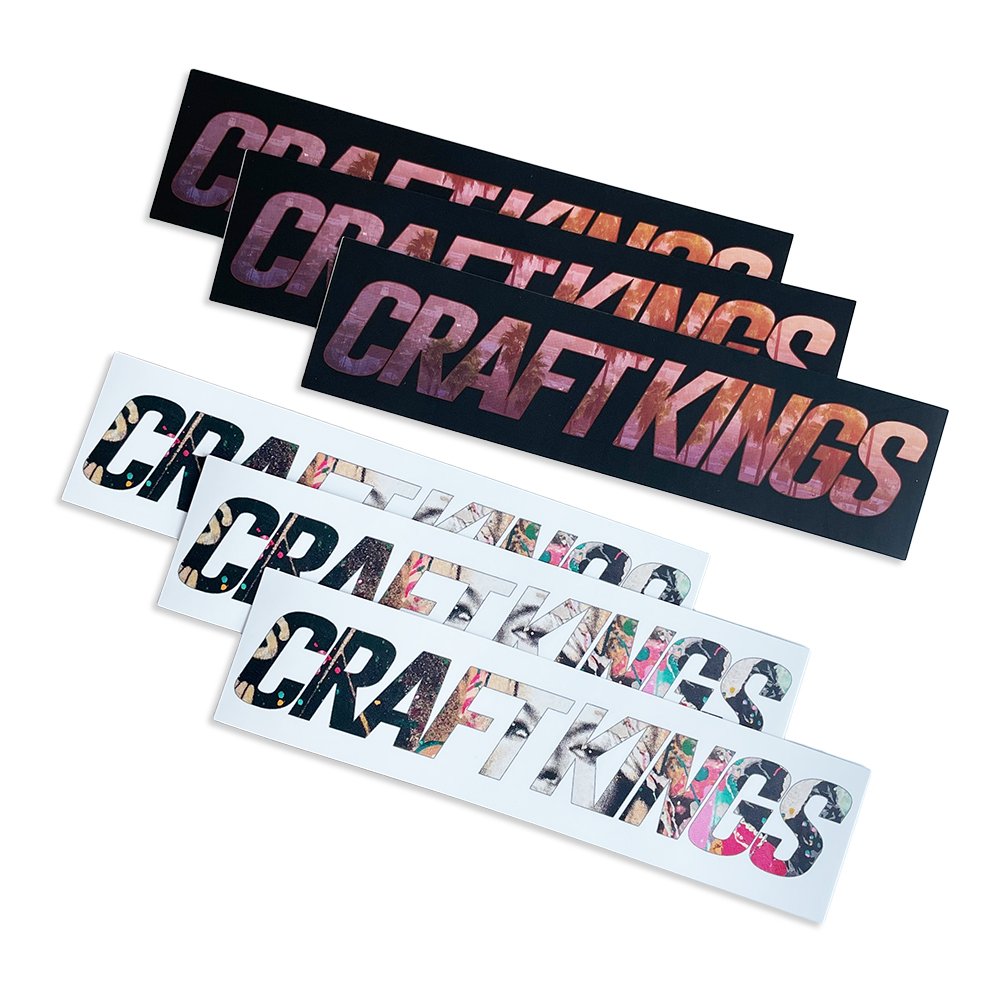I. Base Material: The Foundation of Paper Sticker Roll Performance
The base material serves as the structural body of a paper sticker roll, and its physical properties directly affect stiffness, durability, and environmental adaptability. Choosing the right base material is therefore the first key step. Currently, mainstream materials can be categorized into natural fiber paper, synthetic paper, and special functional paper, each with distinct characteristics and suitable application scenarios.
(1) Natural Fiber Paper
Natural fiber paper, made from plant fibers, offers low cost, easy degradability, and excellent printability, making it the preferred choice for daily-use sticker rolls.
Coated Paper (Art Paper): Treated with a kaolin coating for a smooth, white surface, suitable for offset and flexographic printing with vivid color reproduction. Commonly used in food labels and gift packaging for short-term applications. However, it lacks water resistance and may deform or lose ink when exposed to moisture.
Kraft Paper: Made from sulfate wood pulp, featuring compact fibers and high strength with good tear resistance. Depending on thickness, it is divided into lightweight (80–120 g/m²) and heavyweight (150–200 g/m²) types. The former is used for shipping labels and product certificates; the latter for packaging labels requiring higher durability. Its rough surface limits it to simple text printing.
Writing Paper: With a high wood pulp content, it absorbs ink well and provides smooth writing. Typically uncoated, it’s widely used for office labels and price tags. It’s more economical than coated paper but has lower abrasion resistance, so printed text may blur over time.

(2) Synthetic Paper
Synthetic paper is made from plastic resins such as polypropylene (PP) or polyethylene (PE) through extrusion. It combines the printability of paper with the durability of plastic, making it a core option for mid- to high-end, long-lasting sticker rolls.
PP Synthetic Paper: Lightweight (0.9–1.0 g/cm³), resistant to acids and alkalis, and available in matte or glossy finishes. Single-layer PP is used for outdoor advertisements and appliance labels, while double-layer PP offers higher rigidity for automotive interiors and electronics labels. It performs well in temperatures from -20 °C to 80 °C, suitable for most indoor and outdoor conditions.
PE Synthetic Paper: More flexible than PP, foldable and bendable without breaking. Due to its low surface tension, it requires corona treatment before printing. Ideal for curved surfaces such as bottles and toys. However, it has low stiffness and is unsuitable for large-format stickers.
PET Synthetic Paper: Made from polyethylene terephthalate, it offers high tensile strength, excellent aging resistance, and heat resistance (up to 120 °C short-term). Commonly used for industrial machinery labels and battery tags that demand durability. It’s costlier than PP and PE and requires special ink for good adhesion during printing.
(3) Special Functional Paper
Special functional paper is treated with additives or coatings to provide specific properties like water, fire, or oil resistance for specialized applications.
Waterproof Paper: Coated with polyvinyl alcohol (PVA) or wax to create a moisture-resistant layer while maintaining printability. Often used for bathroom product labels and temporary outdoor signage. Its water resistance is weaker than synthetic paper, losing function after prolonged immersion.
Flame-Retardant Paper: Formulated with aluminum hydroxide or zinc borate flame retardants, which form a carbonized layer when burning, preventing flame spread. Meets the B1 flame-retardant standard under GB/T 14656-2009 and is used in fire safety labels and server room warning stickers.
Thermal Paper: Contains a colorless dye and developer that react to heat for direct imaging, eliminating the need for ink printing. Classified as standard (3–6 months shelf life) or long-life (2–3 years). Standard type is used for receipts and shipping labels; long-life type suits medical records and cold-chain logistics.
II. Coating: Enhancing the Function and Texture of Paper Sticker Rolls
Coatings form the interface between the base material, print layer, and protective layer. They not only improve print quality but also add durability features such as abrasion resistance, scratch protection, and UV shielding—key factors influencing product texture and lifespan.
(1) Print-Adaptive Coatings
These coatings enhance surface tension, ink adhesion, and color vibrancy to ensure crisp and durable prints.
Ink-Absorbing Coating: Made with calcium carbonate or silica and applied to rough papers like kraft or writing paper. It fills surface pores to create a smooth, ink-absorbent layer, preventing ink bleeding and producing sharp text—ideal for detailed printing applications.
Smooth Coating: Based on acrylic or polyurethane resin, it forms either glossy or matte surfaces on synthetic paper. Gloss coatings enhance color brilliance, suitable for cosmetics or electronics labels; matte coatings reduce glare, ideal for book covers and decorative indoor stickers with a refined appearance.

(2) Protective Coatings
Protective coatings cover the print layer to guard against environmental damage and extend service life. They can be categorized as basic or enhanced protection.
Abrasion-Resistant Coating: Contains titanium dioxide or aluminum oxide particles to create a harder surface. Available in standard (≥ 50 abrasion cycles) and premium (≥ 300 cycles) grades. Standard coatings are used in toys and stationery; premium ones suit furniture and automotive exterior stickers, effectively preventing surface wear and fading.


